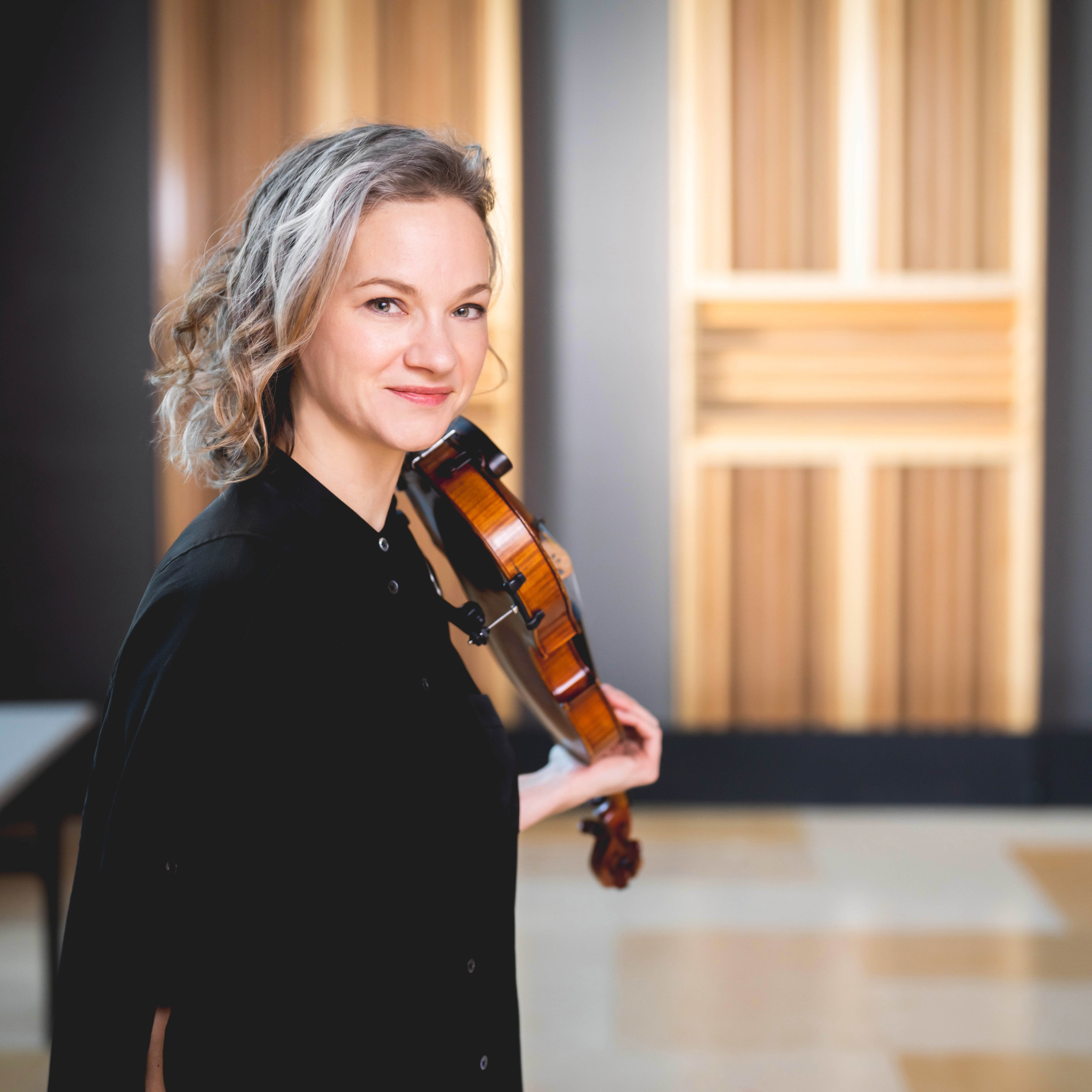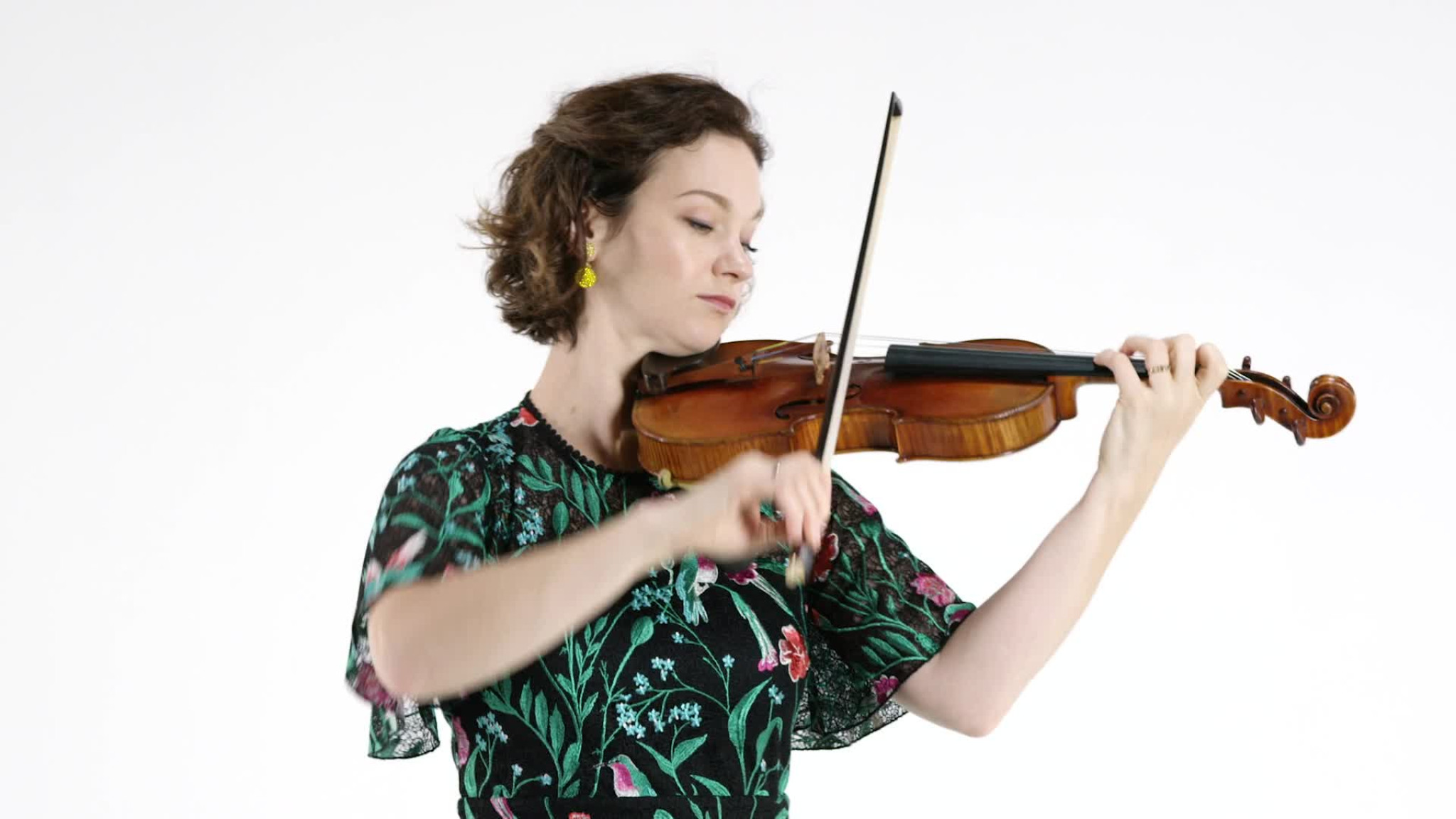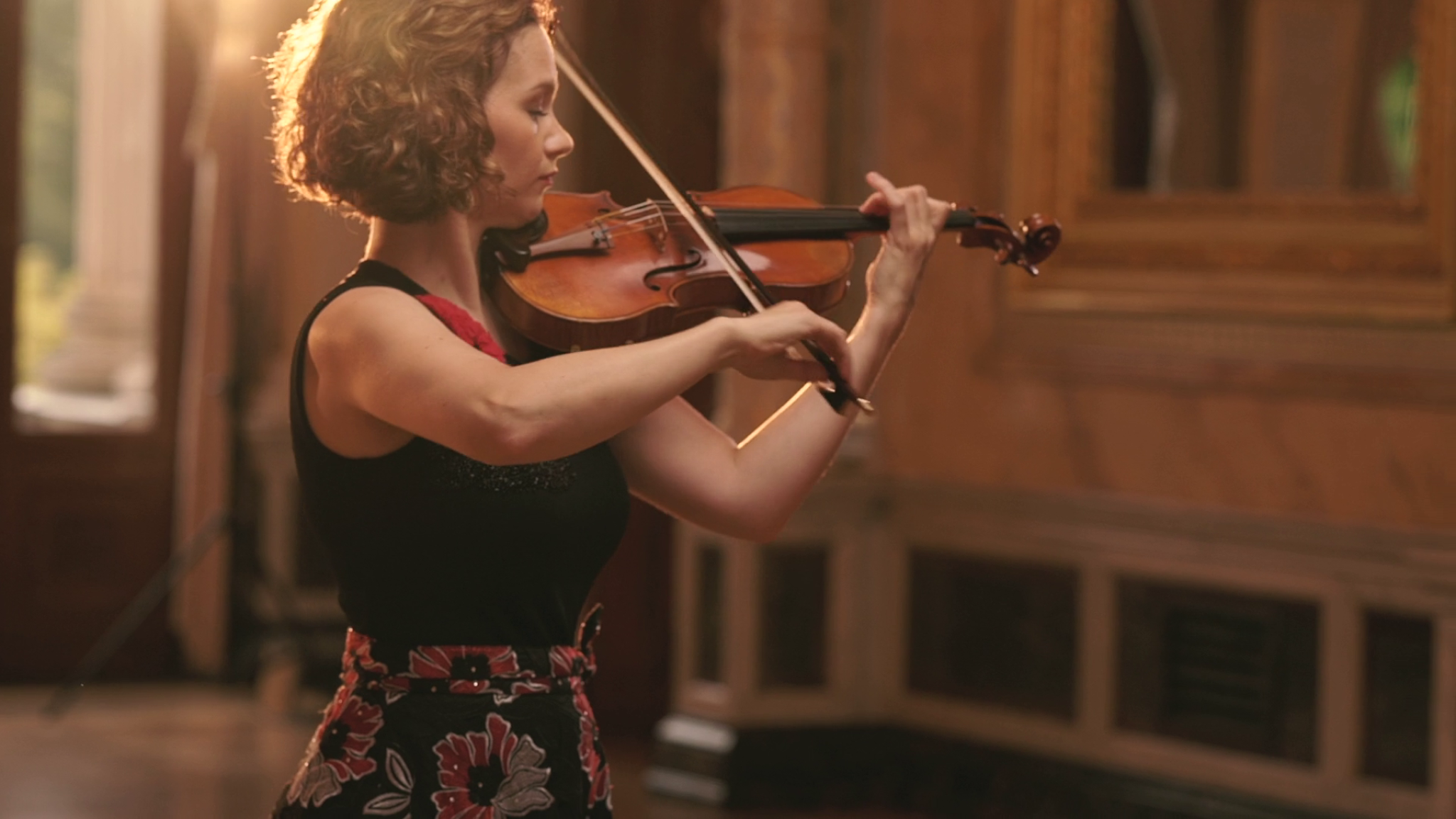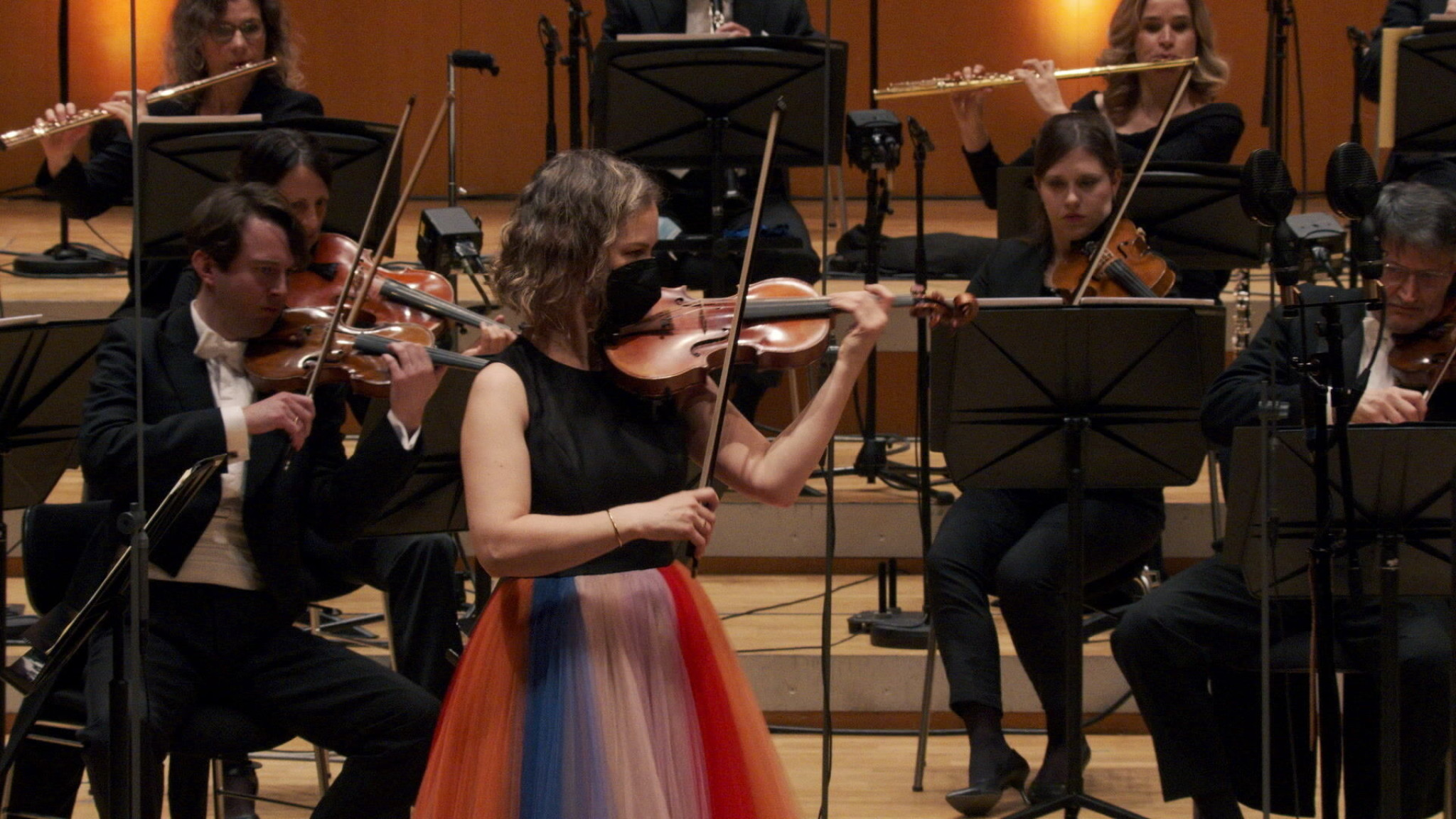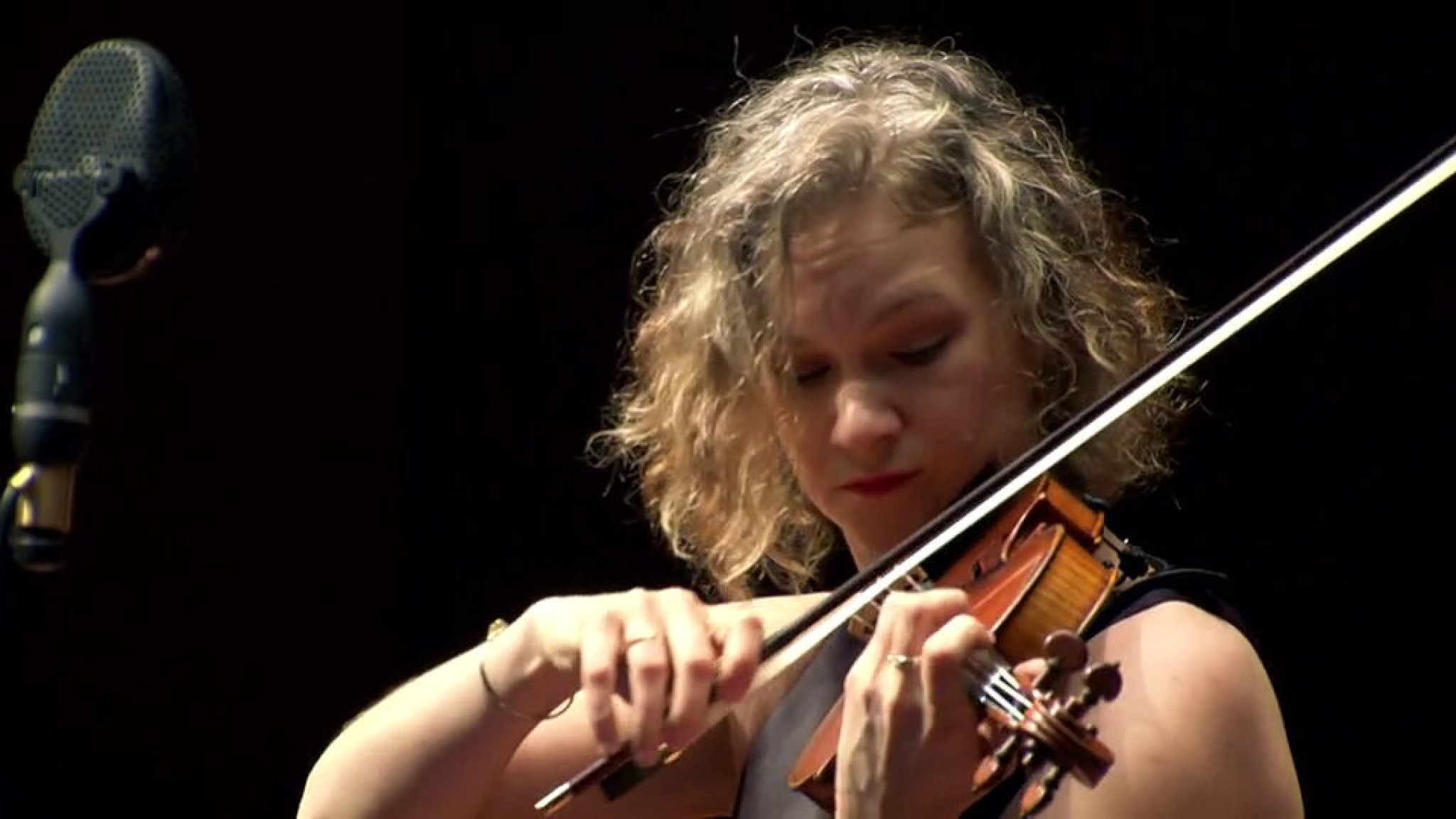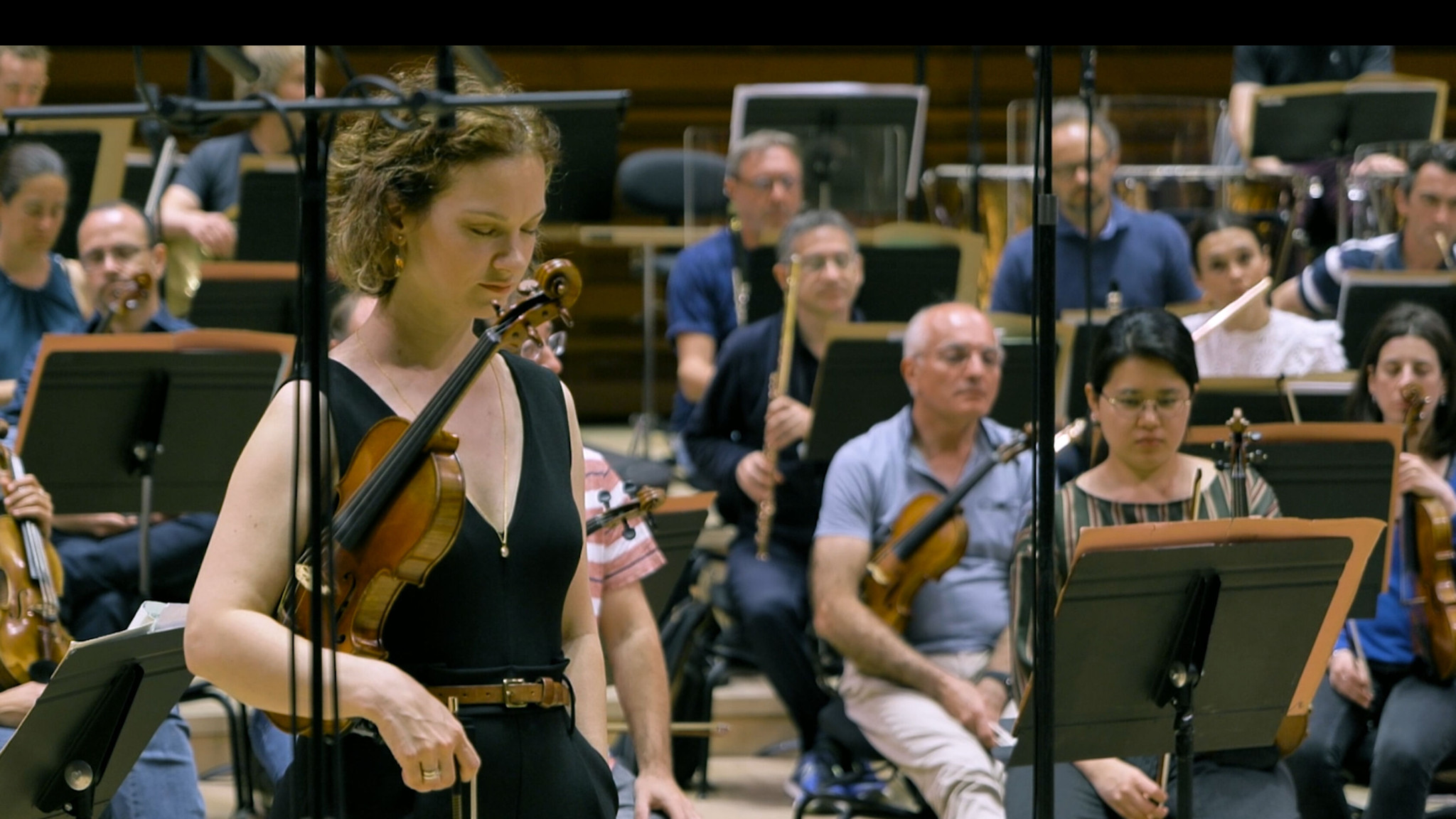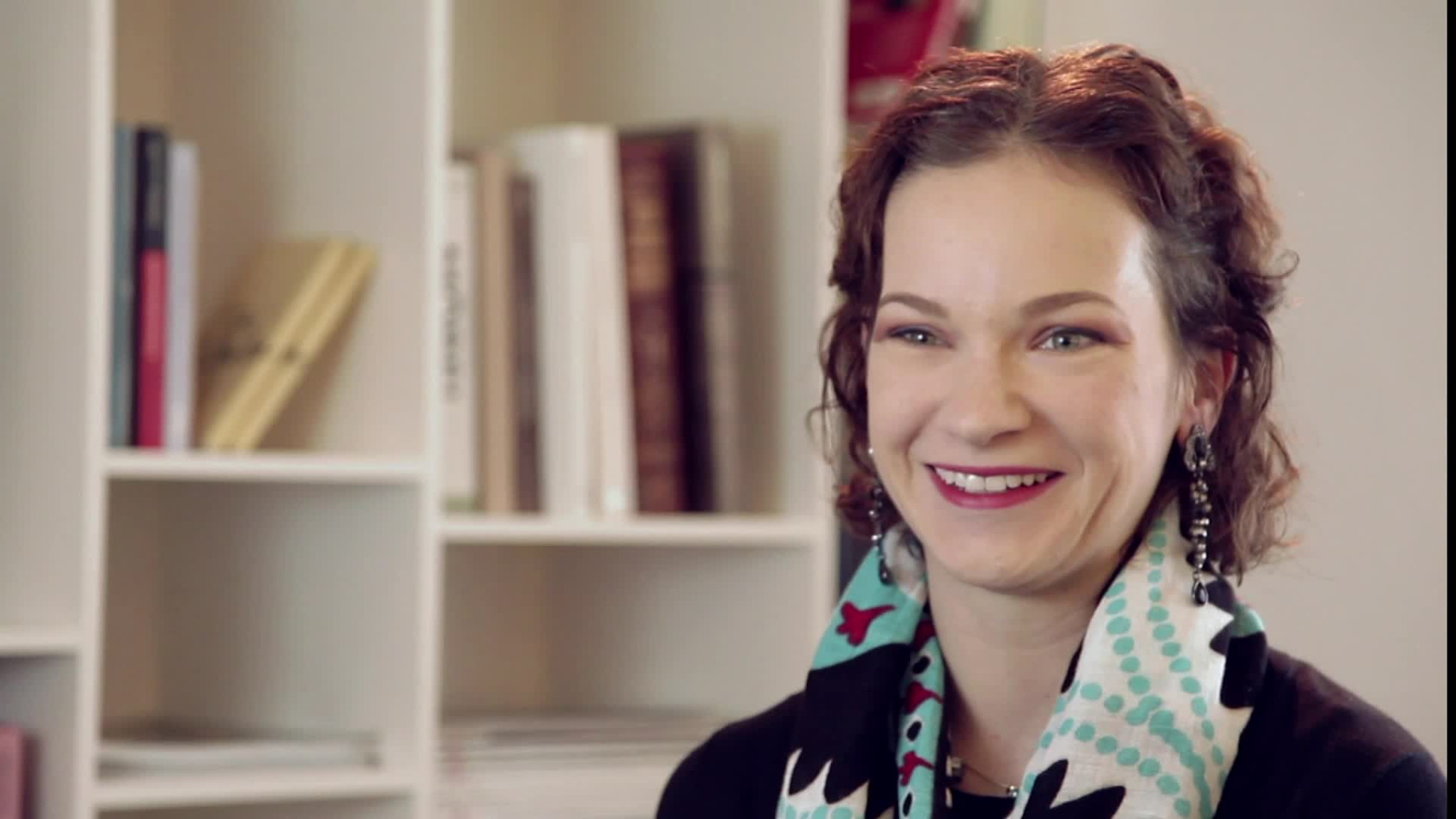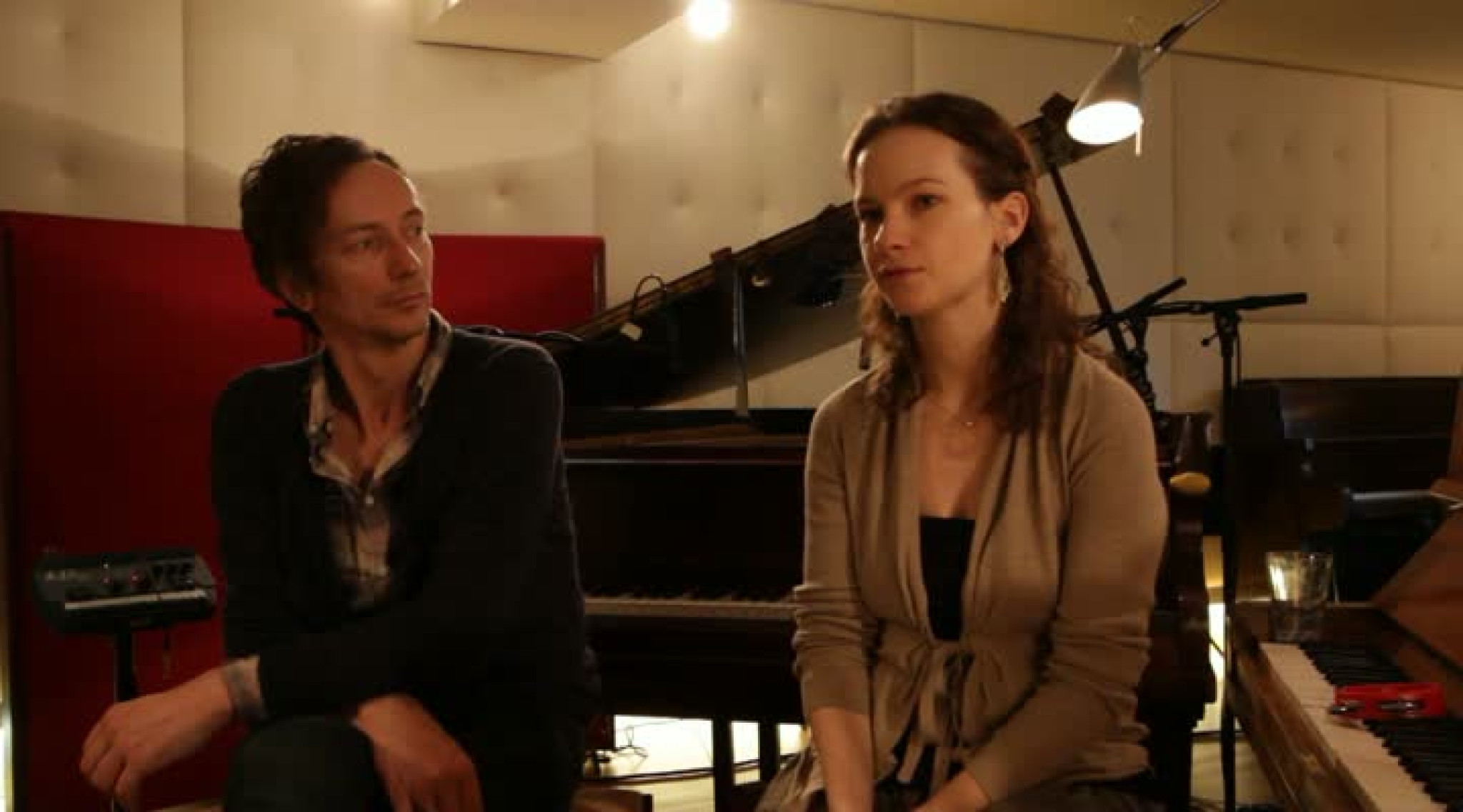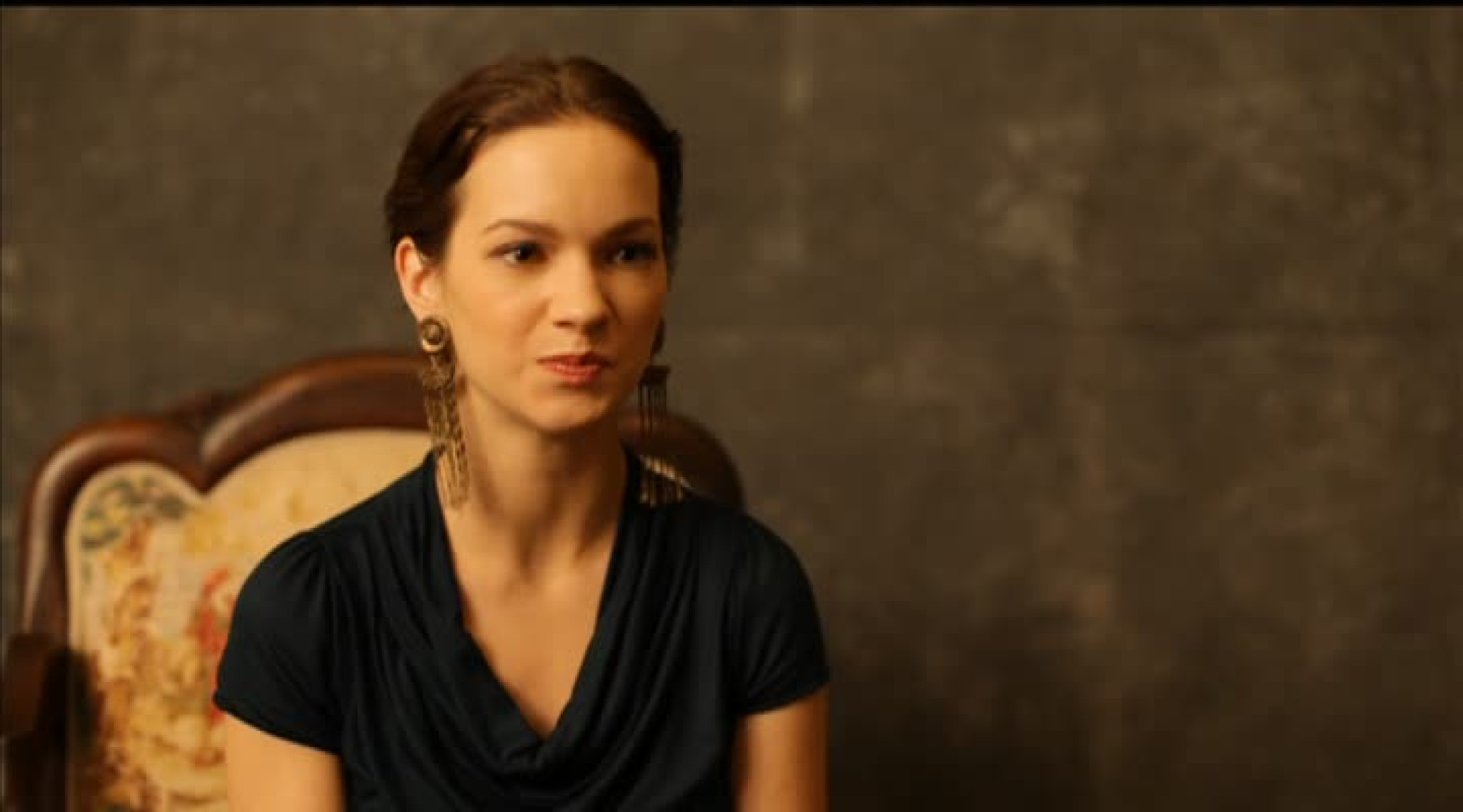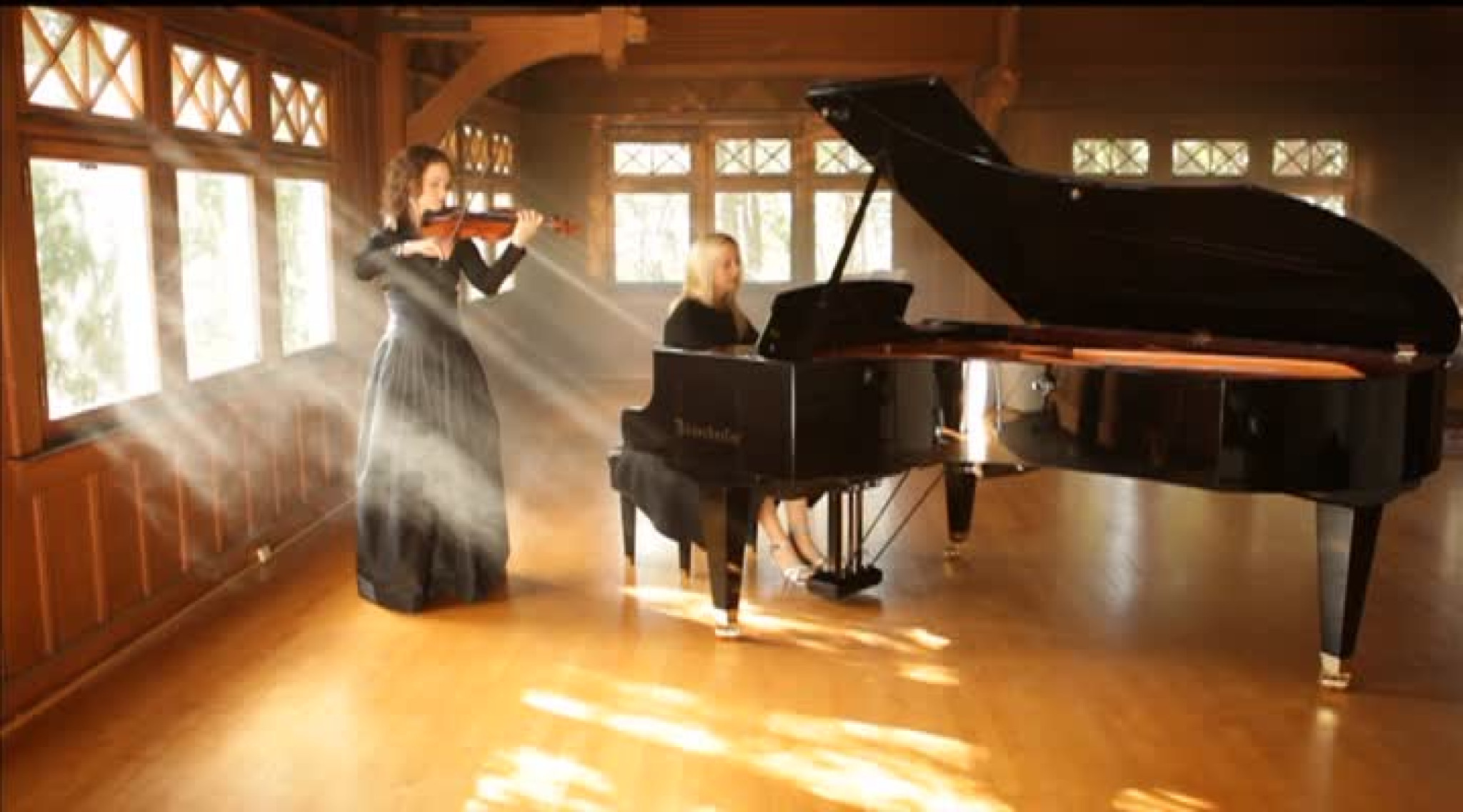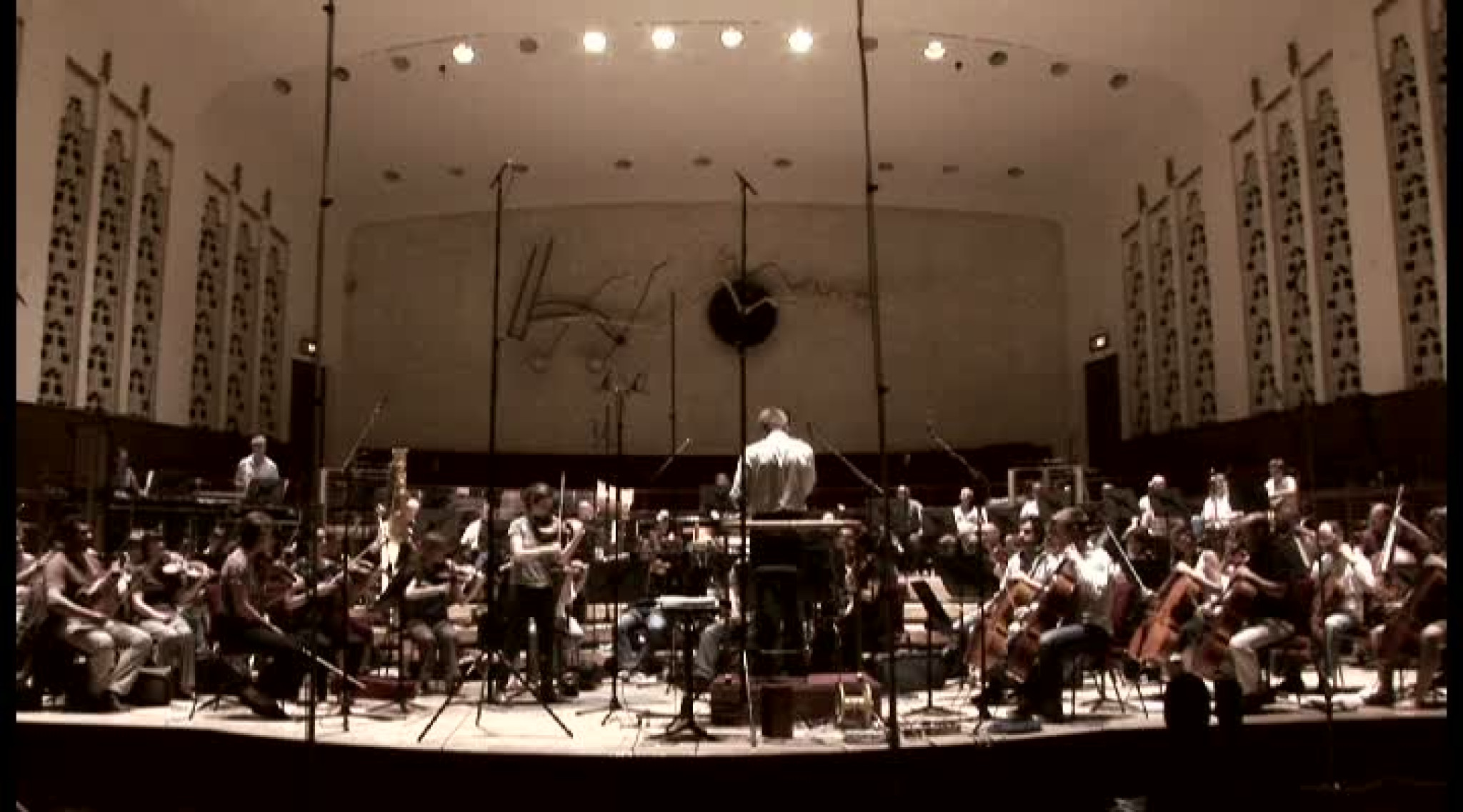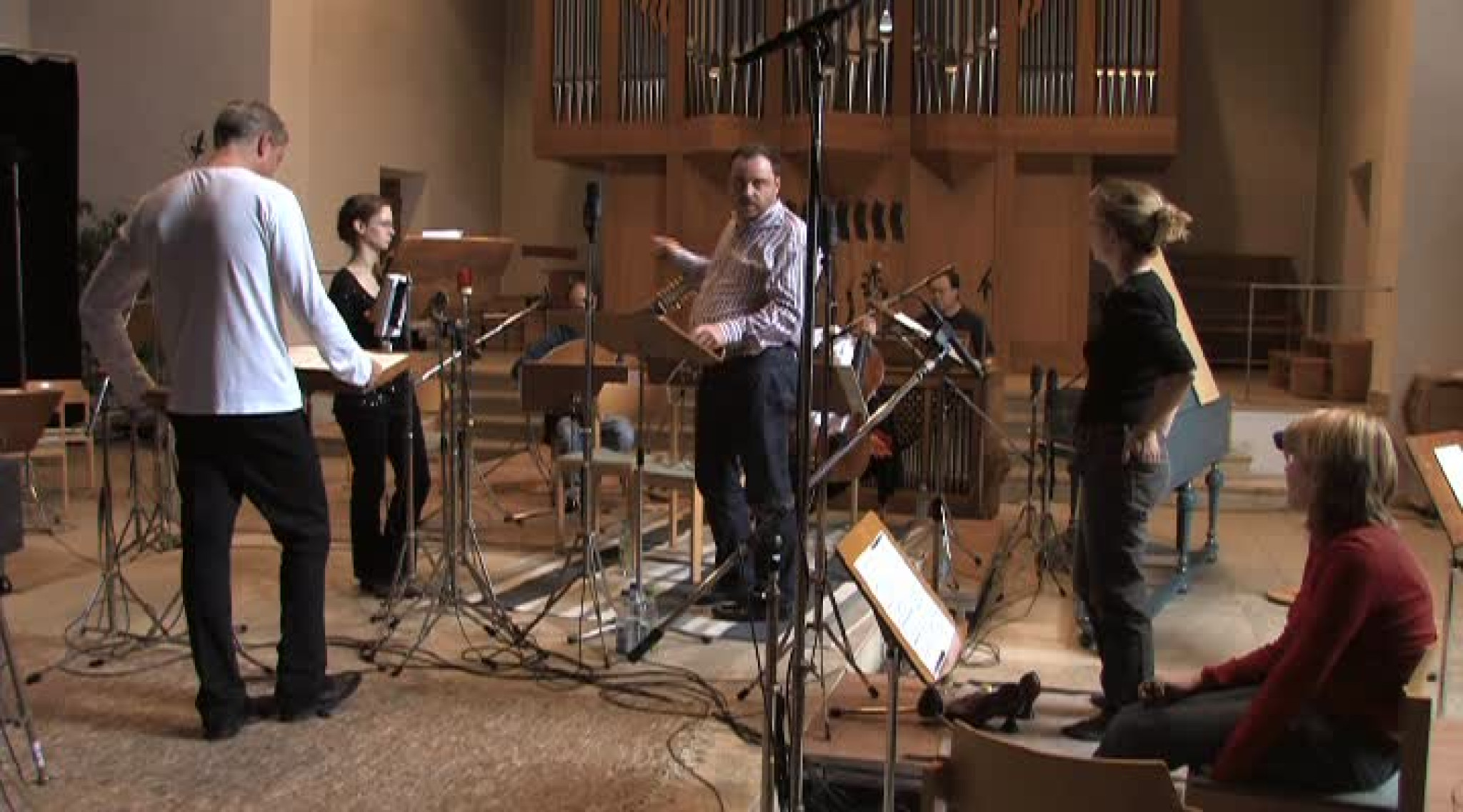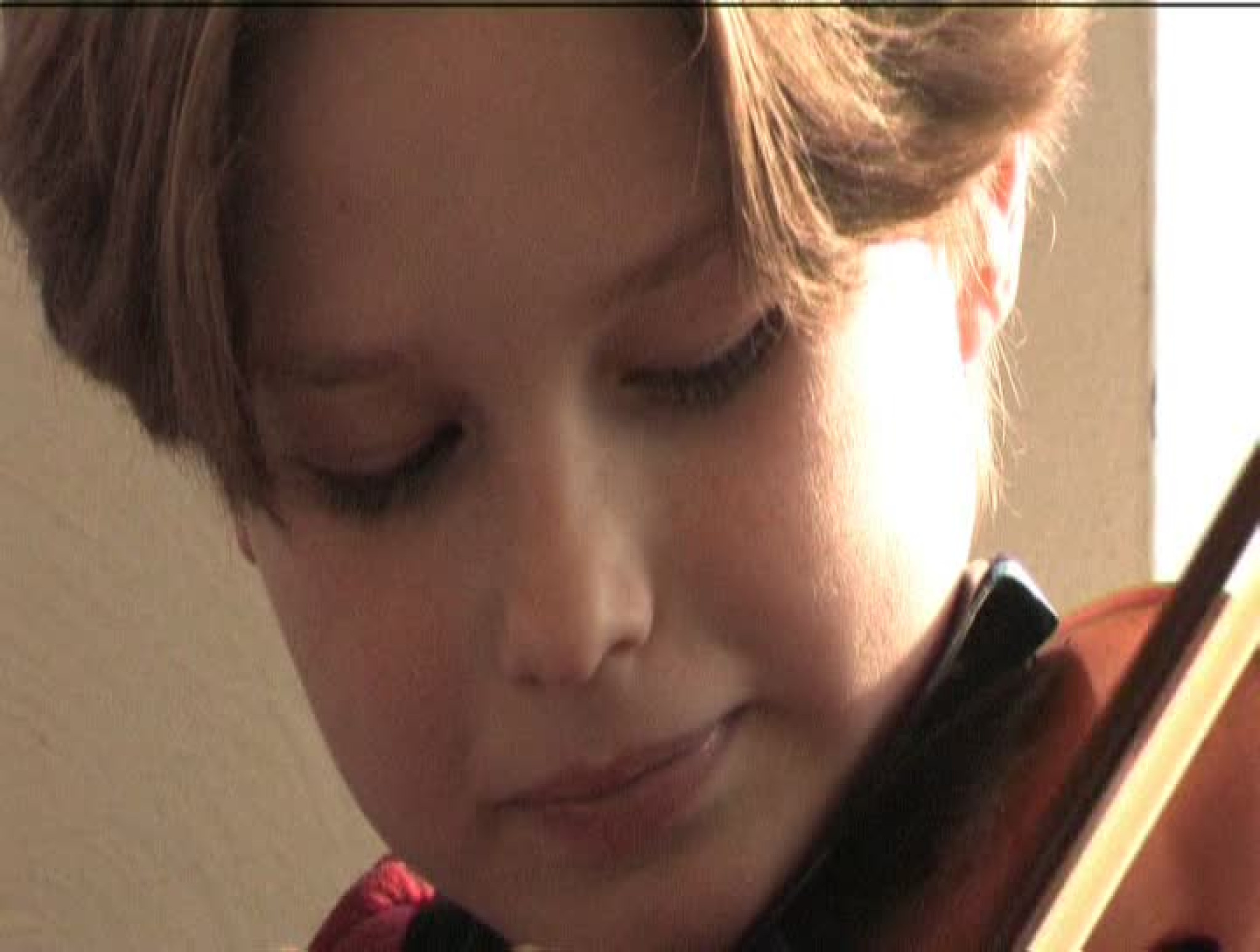EUGÈNE YSAŸE
Hilary Hahn
6 Sonatas for Violin Solo, Op. 27
Hilary Hahn announces new recording of Eugène Ysaÿe’s Six Sonatas for solo violin
Three-time GRAMMY® Award-winning violinist Hilary Hahn has announced her latest album with Deutsche Grammophon: a recording of Eugène Ysaÿe’s Six Sonatas for Violin Solo, op. 27, to be released July 14 on CD, a 2-LP gatefold vinyl edition, and in digital formats including a Dolby Atmos version. Composed beginning in 1923, these six sonatas are among the supreme feats of technical virtuosity in the violin repertoire. Hahn’s interpretations, recorded last fall in the lead-up to this year’s centenary, see her come full circle as a direct musical descendant of Ysaÿe himself.
“Just as Eugène Ysaÿe was inspired by Bach to write these six sonatas—and in doing so set a crucial milestone in the evolution of the violin—so too am I inspired by Ysaÿe to continually grow as an artist, to pour all of myself into this music and to commit myself fully to the pieces appearing on this recording,” says Hahn. “The sounds you hear aren’t just the product of the notes on the page, but of a centuries-long artistic lineage that has led me to this moment in time—me, standing on my own two feet with just my two hands, a violin, a bow, and four strings.”
Gallery
A gifted violinist, conductor, and composer, Eugène Ysaÿe is widely considered to be the first modern violinist. As a performer, he embraced and defined the techniques of his day, revolutionizing the ways in which technical prowess and expressiveness could enhance one another without compromise; his mastery of rubato alone put him leaps and bounds ahead of other violinists of his time. A champion of new music, Ysaÿe received dedications from luminaries such as Franck, Debussy, Saint-Saëns, and Chausson. He was also an in-demand interpreter of repertoire works, breathing new life into works from the Classical and Early-Romantic era.
As a composer, he codified his techniques into the canon of violin repertoire, setting technical and artistic standards for his instrument that still stand as benchmarks today. Inspired by the example set by J.S. Bach—whose solo violin repertoire and the arsenal of techniques required to master it transformed the instrument forever—Ysaÿe wrote the first work in what turned out to be a six-sonata cycle in June 1923. Ysaÿe’s sonatas are emblematic of the changes in performance and composition he had witnessed in his lifetime, employing contemporary musical language such as whole tone scales and microtones alongside his own virtuosic bowing and left-hand techniques.
Together, the pieces function as both a codex documenting Ysaÿe’s tastes and techniques and a revolutionary treatise on violin composition in the 20th century. By dedicating each to a major performer of the day—Joseph Szigeti, Jacques Thibaud, George Enescu, Fritz Kreisler, Mathieu Crickboom, and Manuel Quiroga—he ensured that a new generation of violinists would continue his work. Today, they remain among the supreme tests of a violinist’s technique and artistry; summing up their significance, Hahn describes them as “iconic, generation-defining, and a beautiful celebration of the instrument.”
Hahn’s journey to record these pieces began when, while in Paris last October, she found herself at the Théâtre des Champs-Élysées. Having studied with one of Ysaÿe’s pupils, Hahn had long been familiar with his works; while they could never physically meet, she imagined herself and Ysaÿe walking the same paths and playing the same stages, separated only by history. The myth that he had written his six violin sonatas in an unfeasibly short amount of time came to mind and she began to investigate, discovering that he had sketched most of the works by late July 1923. Determined to commemorate both the fast-approaching centenary and her artistic lineage, Hahn decided to record all six sonatas.
Before committing to the recording sessions, Hahn sight-read the complete score. Though she hadn’t performed the pieces publicly in years, she discovered that she felt entirely at ease with the sonatas, as if their music had matured within her since she last played them. With DG and Hahn’s co-producer Antonio Oliart on board, the first session took place on 1 November. The violinist found a few spare moments to listen to recordings of Ysaÿe’s playing, made shortly before the First World War.
“I was transported, shocked in the best way. It felt like rummaging around in your grandparents’ attic, opening a box of family photos, and seeing your own face gazing at you from the image of an ancestor. Ysaÿe’s sense of gesture and timing felt like the blueprint for what I’ve been working so hard to develop independently and intuitively in my own playing in the past decade. I didn’t realize my artistic process was returning me to my roots. DNA is strong – even symbolic musical DNA.”
Hahn recorded all six sonatas in chronological order. “In playbacks, I was struck by how surprising my own playing sounded to me. The goosebumps told me I was headed in the right direction. These sonatas are truly hypnotic, and when we’d wrap for the day, I’d step into the winter air in a haze, my brain reharmonized by the tonalities that had vibrated through my jawbone: a sound bath if ever there was one.”


